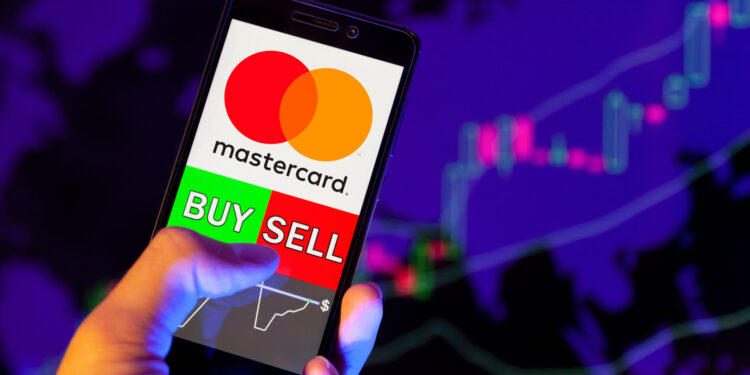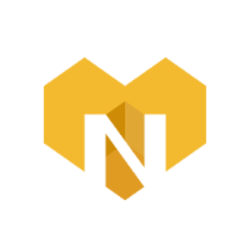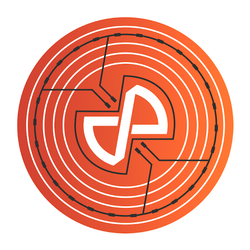- Mastercard is strengthening its blockchain-based network by simplifying global transactions among consumers, merchants, and financial institutions.
- EVP Raj Dhamodharan said they will leverage Mastercard’s scale to create compliant, on-chain payment experiences akin to Venmo and Zelle.
- The initiative builds on Mastercard’s Multi-Token Network (MTN) and Crypto Credential System (CCS) to bridge fiat and digital currencies seamlessly.
Payment giant Mastercard has made some headlines recently in the crypto community after the company announced the expansion of its blockchain-based network. This new system would simplify transactions between consumers, merchants, and financial institutions worldwide, essentially connecting traditional finance with Decentralised Finance (DeFi).
Is this an April Fools’ joke? Can’t tell, so read at your own discretion.
Related: Aave Taps Chainlink’s SVR to Reclaim MEV, Boost Protocol Revenue
‘We Bring The Reach’
Mastercard’s EVP of Blockchain and Digital Assets, Raj Dhamodharan, outlined the company’s intention to leverage its massive payment expertise to make compliant, seamless blockchain transactions a reality, making them as effective as using Venmo or Zelle.
According to a report from Business Insider Africa, Dhamodharan says they’re ready to “bring the scale and reach” to the crypto space:
We bring the scale and reach that we have to the space for the money to flow between the two worlds in a simple way. What is missing in this is a fully compliant framework and consumer experience offered on chain, like how you do Venmo and Zelle today in the US domestically.
 Raj Dhamodharan, Mastercard’s EVP of Blockchain and Digital Assets
Raj Dhamodharan, Mastercard’s EVP of Blockchain and Digital AssetsThe payment infrastructure is not new but is part of Mastercard’s Multi-Token Network (MTN), a programmable blockchain solution launched in 2023. Simply explained, MTN is designed to facilitate seamless transactions between fiat and digital currencies by connecting traditional financial institutions with blockchain-based processes.
So, yes, Mastercard already has a functioning blockchain network. The team is expanding the platform’s reach with more blockchain-based resources and tools because, well, they can, and there is demand for it, which is why they seek to attract more partnerships and customers into the network.
Another example of Mastercard’s blockchain-based tool is the Crypto Credential System (CCS), which eliminates the complex stuff from crypto, like addresses (and basically everything that has to do with managing a crypto wallet), and instead, users can just use their aliases to send and receive money.
Related: Kalshi Sues Nevada and New Jersey, Defends Event Markets as Risk Hedges
Credit: Source link





















